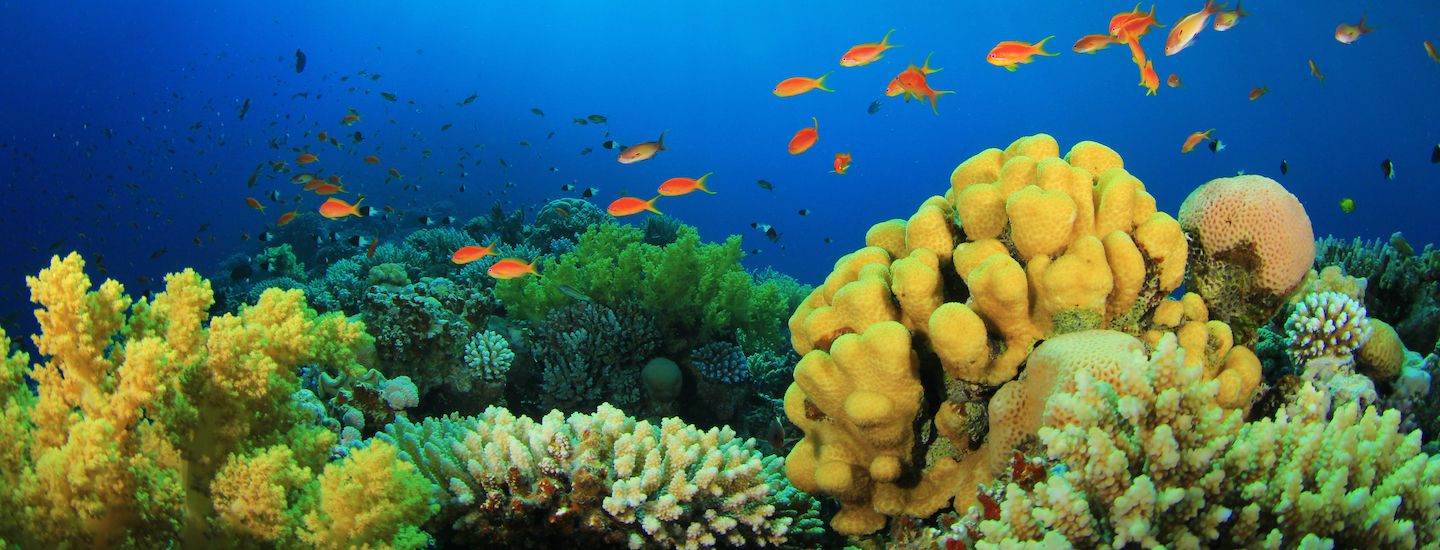
Today is World Reef Awareness Day. This celebration provides a day to reflect on our ocean’s delicate coral reefs, and bring together communities and leaders around the world to conserve these incredible marine ecosystems. With this in mind, we'd like to share five actions we can all take to help protect our coral reefs.
But First, Why Do We Need to Protect Reefs?
Reefs are the most biodiverse ecosystem on the planet and support thousands of marine species by providing essential habitat, nurseries, breeding grounds, feeding grounds and more. Reefs also provide enormous economic and recreation benefits to nations across the world by supporting commercial fisheries, protecting beaches and coastal developments from erosion, and even providing protection from high wave events by dissipating an estimated 90% of wave energy.
However, our reefs are at risk. NOAA estimates that over 75% of the world's reefs are already threatened, and within the next 10 years, 90% of reefs will be threatened from human activities. Threats to reefs range from the global scale- such as warming waters, marine heat waves, coastal storms, and ocean acidification, to the local scale from stormwater and fertilizer runoff, sewage spills, physical damage (e.g. from boat anchors), and pollution. Some threats will take international cooperation to address. Yet, many threats are local, which means we can all do our part to protect the health and resilience of our local or downstream reefs. In doing so, they can better handle stressors from a changing climate.
This World Reef Awareness Day, let’s remember that our actions have an impact, and it’s up to us what the impact will be. Here are five things you can do to make our reefs more resilient, and give them a fighting chance to withstand the stressors and changes to come.
1. Opt for Reef Friendly Sun Protection
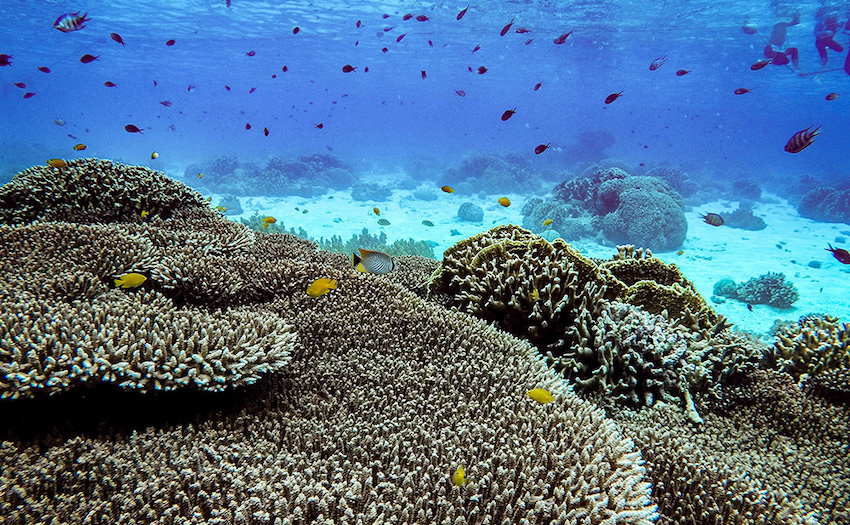
One step we can all take is to switch to products, like mineral-based sunscreens, that don't contain known reef-harming chemicals. Over the past several years, ocean scientists, stewards, and beachgoers have discovered the negative impact that common sunscreens chemicals, including oxybenzone, octinoxate and octocrylene, are having on the marine environment. For instance, toxic oxybenzone can be absorbed by coral tissue, cause coral bleaching and inhibit coral development. These concerns have led to bans on the sale and use of chemical sunscreens in states and island communities such as Hawaii, US Virgin Islands and Aruba. This issue even recently landed a spot on the cover of Science Magazine.
Alternatives to using sunscreen made with toxic chemicals including practicing sun management (cover up, avoid sun during peak hours) and using more reef friendly non-nano mineral-based sunscreen on exposed areas. Non-nano mineral-based sunscreens are made with zinc oxide and/or titanium dioxide.
Warning: zinc oxide and/or titanium dioxide should be the only “active ingredients” listed on your sunscreen container. Even sunscreens labeled as “reef friendly” have attempted to sneak in harmful chemical active ingredients, so the only way to confirm that a sunscreen is reef friendly is by reading the ingredients label. In addition to being more reef friendly, zinc oxide and titanium dioxide are increasingly considered more human friendly. It’s even at the point where the FDA is recommending removal of all active chemical sunscreen ingredients due to human health concerns from their use!
2. Plant an Ocean Friendly Garden

Certain landscaping practices can be harmful to our local waterways and marine life, including corals. For instance, the practice of “hardscaping” - pouring concrete or other non-porous materials on the landscape - increases the potential for urban runoff and polluted stormwater, which is the number one cause of beach closures in the United States. Instead of rain water running over soil and plants that can slow the flow and even provide some natural treatment of the water; urban runoff flows quickly over hardscapes, collecting pollution and debris on its path towards the nearest waterbody. Using non-native or water intensive plants can waste water, require the use of chemical fertilizer and pest management, and lead to more stormwater runoff and “nutrient-loading” of our waterways. Excess nutrients in waterways can fuel harmful algal blooms, fish kills, and smother coral reefs with algae which prevents coral polyps (essential living components of corals) from conducting photosynthesis.
Practicing ocean friendly landscaping, like Surfrider’s Ocean Friendly Gardens program, can nurture a healthy, beautiful sanctuary for the benefit of your family's health, habitat, local pollinators and downstream reefs. By planting native, climate-appropriate plants, building healthy soils naturally, and carefully shaping landscapes to slow down and retain rainwater, Ocean Friendly Gardens transform our yards and public spaces to reduce urban runoff, filter out pollutants, conserve water and create wildlife habitat. Ocean Friendly Gardens are also energy efficient landscapes that absorb carbon from the air and store it in the soil to help reduce impacts of climate change. To make a full transformation of your yard into an Ocean Friendly Garden there are many helpful resources on Surfrider’s website. You can also take an immediate, incremental approach and commit to making small changes today that will reap big benefits for years to come, here’s how.
3. Look Below Before You Throw
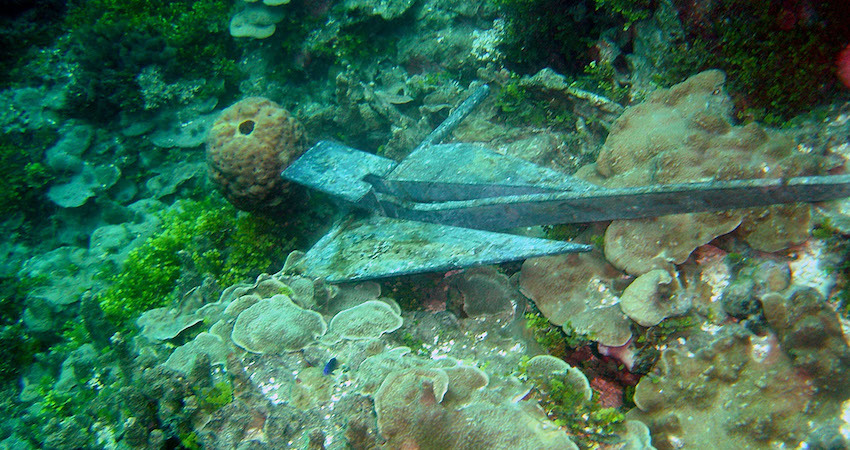
Corals are sensitive to physical damage and certain types of hard corals can take hundreds of years to grow. This means that any physical damage we inflict now (such as the image above by NOAA), will remain damaged for the rest of our lifetime and then some. Common causes of physical damage are from boaters and snorkelers that fail to realize that corals are living organisms! They may look like rocks and seem like a great place to stand, sit on, or anchor on; but they are in fact living organisms that require our care and protection.
When boating, always “look below before you throw” your anchor, to confirm that there is a sandy area for the anchor and chain to fall (no corals or sponges!). When snorkeling or swimming, please admire reefs from a safe distance. When swimming or wearing fins, be careful to not kick the reef or swim too close to the reef and cause damage from creating a strong current. Always look below before standing to make sure that it is in fact a rocky or sandy area. Lastly, like all marine life, please do not touch corals.
4. Mind Your Waste & Sewage Pollution
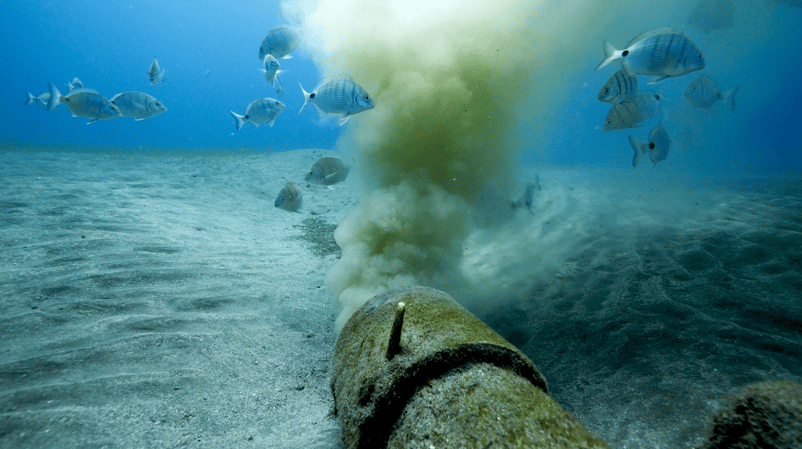
Despite how much we cherish our beaches, coastal water quality continues to be threatened by discharges of stormwater and sewage. Years, decades even, of neglect, have left America’s wastewater infrastructure in disrepair, outdated and failing. As a result, sewage spills and infrastructure failures release approximately 900 billion gallons of under-treated sewage into our nation’s surface waters annually. Not only is this dangerous for human health and beach goers, but it is also harmful to our marine life.
Similar to chemical fertilizers, human waste contains a lot of nitrogen! So when untreated or undertreated sewage wastewater gets released into our waterways, it can also fuel harmful algal blooms, fish kills and again, smother corals in algae. Whether sewage discharges are a result of a failing wastewater treatment plant, malfunctioning septic system or outdated cesspool, there are actions all of us can take to help prevent sewage spills. Examples include: not pouring cooking grease or oils down the drain, conserving water, practicing good septic and cesspool maintenance, and advocate for local wastewater treatment upgrades. Learn more here.
Other waste to be mindful of include discarded fishing gear (especially large nets) and single-use plastic pollution. Up to 80% of marine litter is plastic, and an estimated 11 million metric tons of plastic waste enter the ocean every year. Not only does litter pose a physical threat to marine life, resulting in lacerations, entanglement, choking, and starvation, plastic litter can expose marine life to harmful pollutants and chemical leachates. To protect yourself and our marine environment, try to avoid single-use plastic products as much as possible, opting instead for reusable materials. You can also help advocate for plastic-pollution policies in your community.
5. Make & Advocate for Climate Conscious Decisions
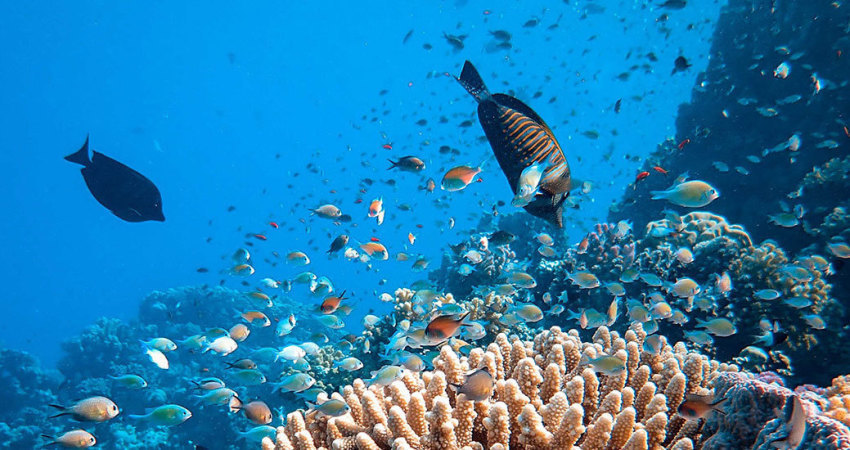
While a lot of reef stressors are at the local level (which means local opportunities for action!), there are global stressors also at play. Climate change induced ocean warming and ocean acidification are large-scale, widespread threats to corals and marine life across the planet. While this issue can seem daunting to approach, individual actions are still powerful and meaningful in the fight against climate change. Reducing our own greenhouse gas emissions is critical, including efforts to be more efficient with our energy and water use. Encouraging and inspiring others to do the same is also impactful.
On the national scale, we have the opportunity to take unprecedented actions by passing legislation like the Ocean-Based Climate Solutions Act, which would advance ocean protections, harness the power of our ocean to mitigate climate change, stop offshore oil drilling once and for all, and help transition the U.S. economy from dangerous fossil fuels.